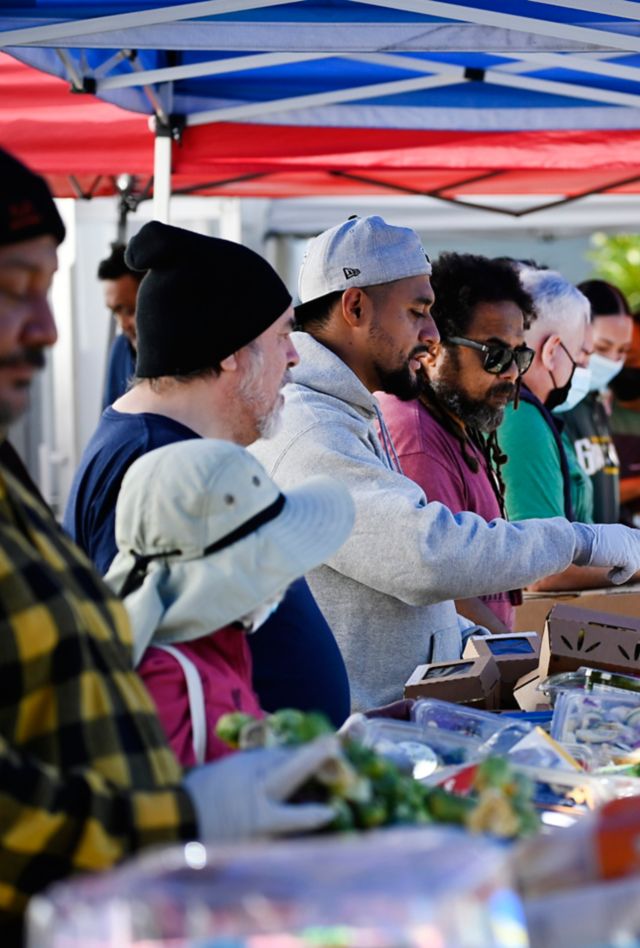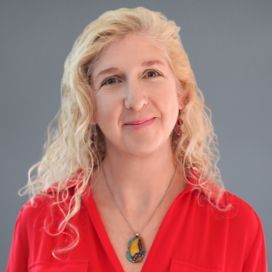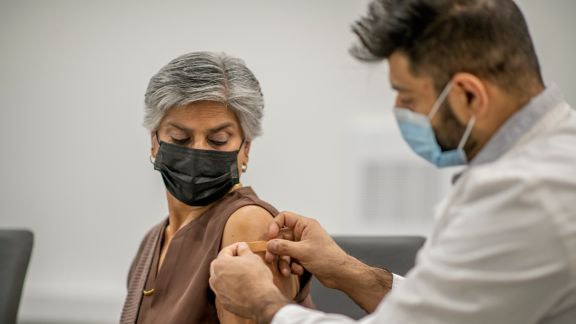Neighbor to Neighbor Formative Research

Problem
California needs to increase resiliency during climate change events and natural disasters.
The COVID-19 pandemic forced California to rethink how best to connect with residents on key state issues and priorities. A pilot study of the Neighbor to Neighbor initiative was such a success that California Volunteers decided to expand the program to build community resilience during climate events and natural disasters.
The expansion includes the creation of a statewide training and resource center to support leaders and others, particularly in neighborhoods with limited resources and high disaster and climate risk. It also aims to engage residents from all walks of life in 100 neighborhoods, training and supporting them as they undertake hyper-localized efforts at the street, apartment-building, or block level.
Solution
NORC built a geographic mapping tool and conducted community surveys.
To identify California neighborhoods at high risk of natural disasters and climate events, NORC built a web-based Geographic Information Systems (GIS) mapping tool. We combined data available at different geographic levels and created a single index variable for ranking neighborhoods at the ZIP-code level.
Next, we conducted a web survey of 1,098 people in over 100 of the most-vulnerable ZIP codes. We used segmentation analysis to identify individual audiences, so that materials and messaging could be tailored to each by our communications partner, which designed a campaign and messaging to increase neighborhood resiliency and encourage volunteerism.
Result
California has new insight into environmentally vulnerable communities.
NORC’s segmentation analysis identified five distinct groups based on psychographic characteristics such as values, interests, and opinions. We also found the following:
- More than a third (36 percent) of survey respondents rated their community as excellent, however, nearly a third (29 percent) reported their neighborhood as fair or poor.
- Most respondents (75 percent) believe their neighbors would help them in an emergency.
- More than one in five (21 percent) often feel isolated.
- The majority of survey respondents (80 percent) agreed that they would be willing to work together with others on something to improve their neighborhood.
- More than half (56 percent) reported the statement “I feel it is important to help others” was very true for them.
Insights from our research will help California Volunteers tailor their communication strategies to specific audiences, foster connections, and build communities that come together during emergencies.
Related Tags
Project Leads
-
Alyssa Ghirardelli
Principal Research ScientistPrincipal Investigator -
Peter Herman
Senior Research MethodologistResearch Methodologist








